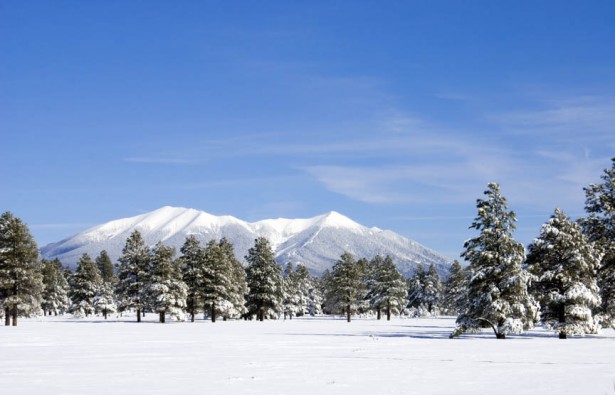
Much is made about the importance of place among indigenous nations. It is true that place is very significant. The Navajo live within four sacred mountains. Other nations have sacred places or land that was granted to the people through creation or migration teachings. The land is sacred because it is a gift from the creator. Indigenous peoples recognize their own land, and respect the land of other nations. Land and place has special or sacred meaning because specific locations often have ceremonial or holy significance. Stories and teaching talk about how the earth was shaped or where significant events took place in tribal history.
Many Indian peoples no longer live on their traditional territories or live on only a small part of their ancient lands. Many live far away from their traditional territories, often induced to move because of westward colonial expansion, economic necessity, or government removals. When indigenous identity and relations to the sacred are so closely interwoven with specific places, how are tribal identities upheld?
Most tribal people are extremely reluctant to move from their tribal homelands. During the removal policy period of the 1830s, the most resistance to removal came from the more conservative or traditional members of the tribal communities. The traditionals did not want to move from the land of their forefathers, and from the land that marked holy events and relations to the sacred. Nevertheless, when confronted with the necessity of removal to new and foreign lands, tribal communities found ways to preserve their identity, and their covenant relations to the sacred. In the middle 1830s, many of the Creek or Muscogee villages were required to remove from present-day Alabama to Indian Territory, present day Oklahoma.
In order to preserve the sacred foundations of a Creek village, the towns sacred bundles were ceremonially and respectfully carried hundreds of miles by tribal elders to new village locations in Indian Territory. The towns were reestablished in the new land. The old ceremonies again took place in the village ceremonial centers, which reaffirmed the covenant relation of the village to the sacred and the villages’ commitment to honoring and giving thanks to the creator. Sacred places are important. Under conditions of dire necessity, Creek relations of identity, community, and sacred commitments were portable.
When California Indians were induced to move to missions in the late 1700s, they continued their ceremonies in the missions. The Catholic ceremonies and feasts were added to the cycle of Indian ceremonies. The Indians preserved their beliefs and identities, while most made nominal adjustments to Catholic ceremonies and religious beliefs. In some cases, if a village religious leader did not think a sacred bundle could be safely kept at the mission, the bundle was passed to a village that remained outside of the mission system. In southern California, villages were composed of an extended family lineage, where the peopled married out to members of other village-lineages. The kinship ties of the lineages remained primary forms of identity, and many people returned to their villages or relatives after the missions were dismantled in the 1840s. Many California Indians came through the mission period with their lineage groups and identities intact.
Kinship groups and identities are portable and can be sustained in new lands, or in urban environments. Most contemporary Indians live in urban areas, away from their reservations or hometowns. Most Indians move to urban areas because of economic necessity. In urban areas Indian identities are supported by pan-Indian communities, Indian programs, and urban ceremonial groups. Tribal identities are supported by kinship ties, tribal membership, and return to reservations to participate in ceremonies and reservation community events. Knowing where the sacred is located is still an important part of tribal identity. Given the removals and economic mobility of the present world, Indians have adapted with movable identities that in many cases are still centered on tribal community and place.
© 1998 - 2011 Indian Country Today. All Rights Reserved To subscribe or visit go to: http://www.indiancountry.com